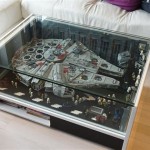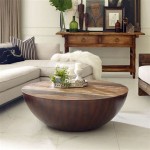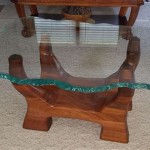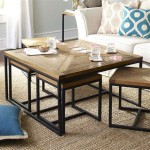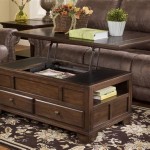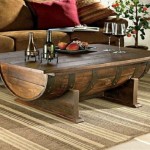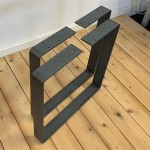What Would Make a Glass Table Shattered?
Glass tabletops, while elegant and modern, are susceptible to various factors that can cause them to shatter. Understanding these factors is crucial for both owners and manufacturers to ensure the safety and longevity of glass furniture. This article explores the common causes of glass table shattering, providing insights into the properties of glass and its vulnerability to certain forces.
The Nature of Tempered Glass
The vast majority of glass tables use tempered glass, a type of safety glass that is stronger and more resistant to shattering than ordinary glass. Tempered glass undergoes a heat treatment process that creates internal stresses within the glass, making it more durable. However, despite its strength, tempered glass can still fail under specific conditions. When tempered glass fails, it shatters into small, blunt pieces, reducing the risk of severe injuries.
The strength of tempered glass is dependent on its thickness and the quality of the tempering process. Thicker glass is generally stronger than thinner glass. However, even thick tempered glass has limitations, and its shattering point can be reached when exposed to excessive forces.
Potential Causes of Shattering
Several factors can contribute to glass table shattering. These can be categorized as mechanical stress, thermal stress, and inherent defects:
Mechanical Stress
The most common cause of tempered glass shattering is excessive mechanical stress. This can be caused by various factors, including:
- Impact: A direct impact, such as a heavy object falling onto the table or a sharp blow, can cause the glass to shatter. The severity of the impact determines the likelihood of shattering.
- Pressure: Excessive pressure applied to the glass, such as from leaning on the table edge, can lead to catastrophic failure. This is particularly problematic for tables with thin glass tops.
- Uneven Support: When the table's base or support structure is uneven, the weight distribution is uneven, potentially placing stress on the glass top. This can lead to cracking or shattering over time.
- Improper Installation: If the glass table is not installed correctly, for instance, if the glass is not properly secured to its frame, it can lead to instability and potential shattering.
Thermal Stress
Temperatures play a significant role in the stability of glass. Extreme temperature changes can cause thermal stress, which can lead to shattering:
- Exposure to Extreme Heat: Placing a hot object directly on the glass surface can cause the glass to expand unevenly, creating internal stress that can lead to cracking or shattering.
- Rapid Temperature Changes: Sudden changes in temperature, such as bringing a hot dish from the oven and placing it on a cold glass table, can cause thermal shock, leading to the glass shattering.
Inherent Defects
While rare, manufacturing defects or flaws in the tempering process can make the glass more prone to shattering. These flaws are typically microscopic imperfections that can weaken the glass structure.
It's important to note that the risk of glass table shattering is minimal when the table is well-maintained, used properly, and free from manufacturing defects. However, understanding the factors that can lead to shattering is essential for preventing injuries and ensuring the longevity of this beautiful piece of furniture.

Take A Look At This Newly Completed Shattered Glass Table The Consists Of Three Layers Lami Top Dining

New Shattered Glass Table Sans Soucie Art

New Shattered Glass Table Sans Soucie Art

Turn To 10 Family Wakes In The Night By Glass Table Shattering On Its Own Wtsp Com

Niverville Family Says Glass Table Exploded In Their Home Cbc News

Shattered Glass Table Extendable Dining Coffee

Led Glass Broken Tables Table Tops
Mystery Behind Glass Table Spontaneously Exploding

Hotpot Beware Having Meal On Tempered Glass Table Could Cause It To Shatter If No Precautions Taken The Straits Times

Shatter Glass Table On Designer Pages
Related Posts

